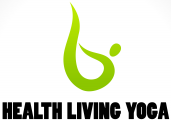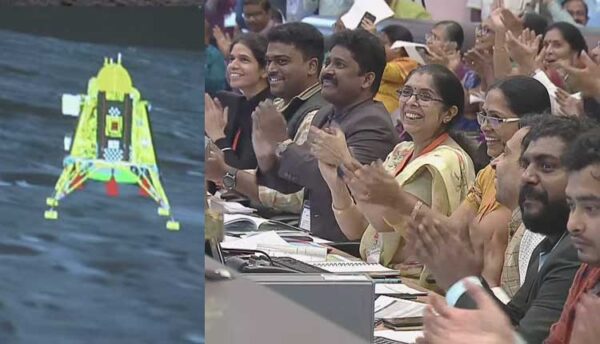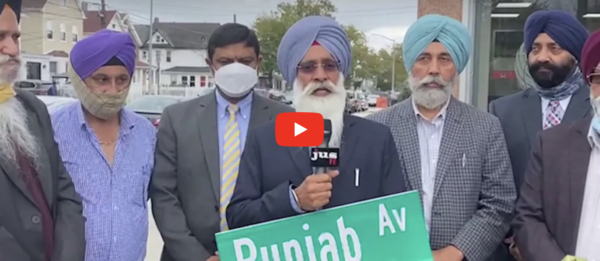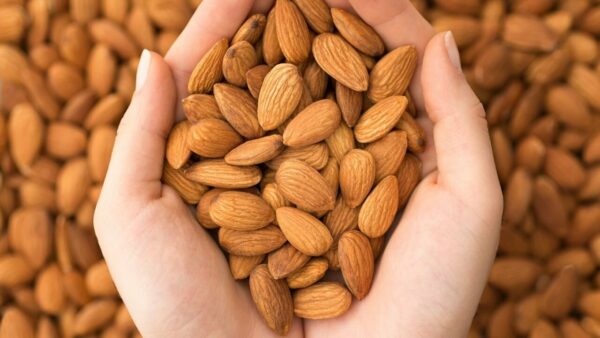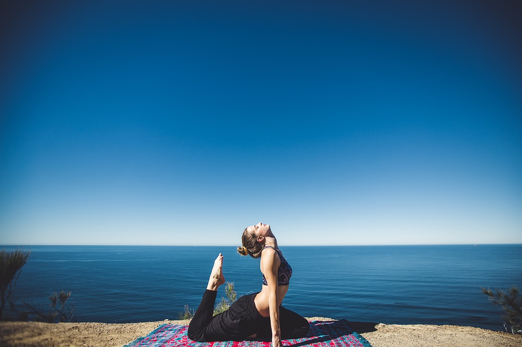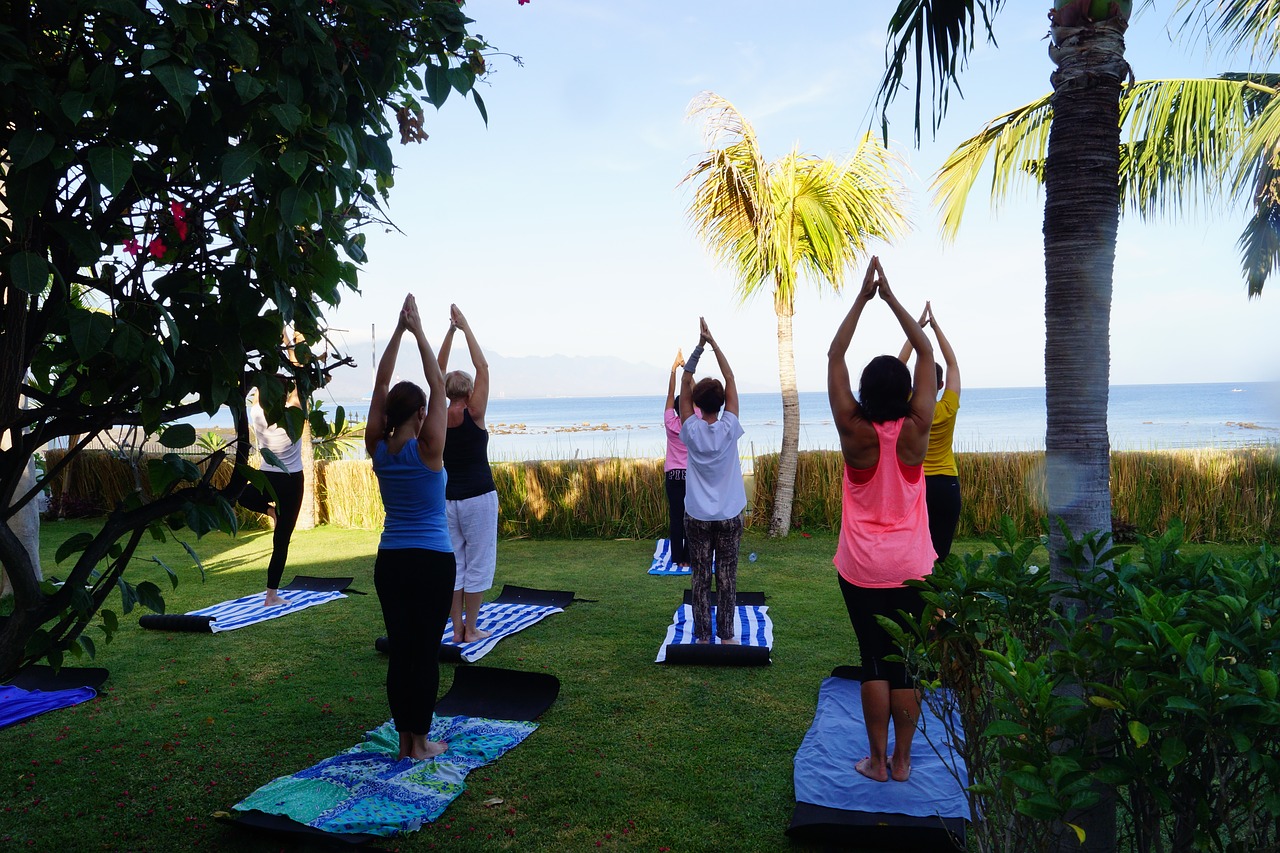Yoga is one of the great ways to keep your body healthy and in good shape. Yoga allows you to explore your body by discovering a special rhythm and methodical breathing pattern. Yoga was originated in ancient India, and now it is practiced worldwide due to the countless benefits that it offers to the practitioner. Getting started with yoga can look intimidating at first, but with the right preparation and correct set of mind, you can enjoy the unique experience that yoga has to offer. Yoga is nothing more than the awareness of your body posture in both space and time. It’s not as challenging as you may perceive it in the beginning; you just need to give it a little time. Here are 10 tips for beginners which will help you to get started with yoga:
1. The essentials of yoga – Before embarking your yoga journey, you need to have a few things which are nothing fancy and expensive. All you need is loose and comfortable clothes which allow your body to breathe freely and permit smooth body movements.

Apart from the right clothing, you will also need to invest in a high-quality yoga mat. A good quality yoga mat will prevent any accident due to slippage at the time of performing any yogic postures. Additionally, the portability of the yoga mat allows you to practice yoga anywhere and anytime. There are varieties of yoga mats available these days, and it depends on the practitioner to decide which one is best suited to his needs.
2. Yoga and meal – As a beginner, you should know that yoga is usually practised empty stomach. There should be at least a gap of 2 to 4 hours between your last meal and your yoga session. Practising a few postures can be very uncomfortable if your stomach is full.
3. Bare feet – Unlike Zumba and other modern fitness programs, yoga is done with bare feet. Yoga requires you to connect with your body. Therefore all the sensations are essential, even if it requires you to remove your shoes.
4. The breath – Yoga requires you to follow a specific breathing pattern while holding different postures. Breathing consciously allows you to connect to your inner self and makes it easy for you to explore different levels of consciousness. Focusing on your breathing also helps you to remain in the present. Additionally, conscious breathing let you activate different parts of the brain. It activates the part of the brain which is responsible for relaxation and calmness.
5. Warm up before starting yoga – Before starting with your yoga, it is necessary to practice a few warm-up exercises which will help your body to loosen up and prepare for some difficult asanas. You can start with some neck rotation, following with shoulder pumping exercises and hamstring stretching. You can add up as much warm-up exercises as you like.
6. Start with easy postures – There are more than 300 types of postures in yoga, and not everyone can do them all initially. If you are new to yoga, there are certain postures, practising which will let you progress ahead to more difficult postures. Simple postures to get started with yoga are mountain pose, downward facing dog pose, plank, triangle pose, tree pose, warrior pose, child pose etc. Keep on trying with other poses too to find out which one serves you the best.
7. Be gentle and regular with your yoga practices – As a beginner, you should be gentle with your body and should go slow without hurting yourself. Additionally, you should be consistent with your yoga practice, making it a part of your daily routine. When done regularly, yoga can offer you tremendous health benefits.
8. Add variety to your practice- Practicing a fixed set of postures on a daily basis can be boring so you can experiment with different asanas. Also, you should know that yoga does not only include postures, but it also includes meditation and different types of breathing exercise.
9. Choosing the right yoga routine – Yoga has many forms– Vinyasa, Hatha Yoga, Yin Yoga, Iyengar Yoga and power yoga. You need first to pick up the right style of your choice and then progress ahead with the same routine. Hatha yoga is a movement based yoga and is most suitable for beginners. Yin yoga makes you keep the posture for prolonged duration and require props like bolsters, blocks etc., Vinyasa yoga is a flow of postures in a more dynamic pace, and some yogas are more challenging like power yoga, kundalini yoga, Ashtanga yoga and hot yoga.
10. End with relaxation – Always end your yoga routine with a complete relaxation of the body. Relaxation at the end of the routine offers physical and emotional release. After completing your yoga session, you will feel more open and happier which will help you to connect with your life in the right way.
Yoga teaches its practitioner to move in challenging poses with a still mind and rhythmic breaths. The constant attention that yoga demands, keeps your brain off from day to day stress. To some yoga might seem like just stretching but it is much more than that.
Image Credits: Yoga from Freebird7977/Shutterstock
